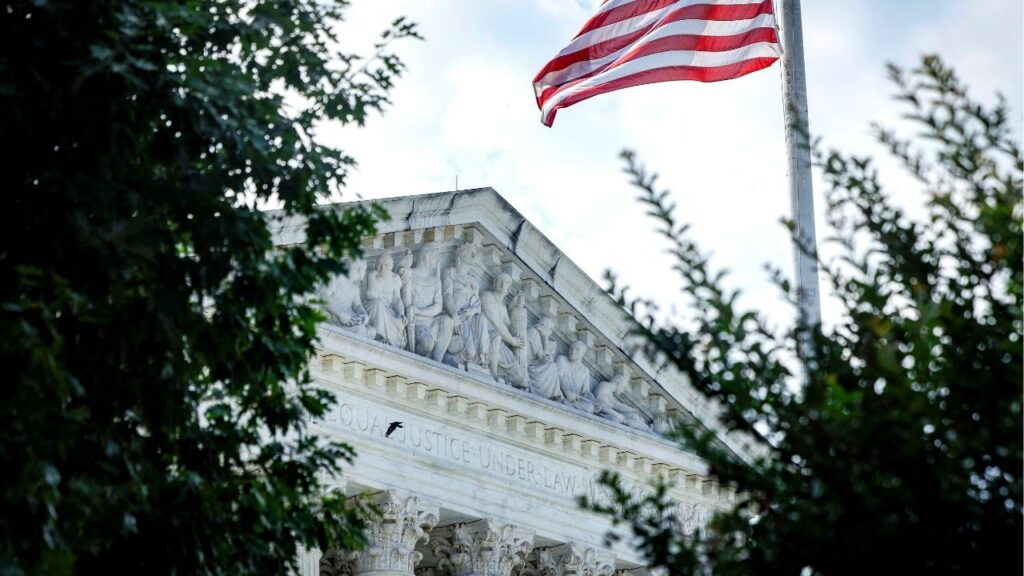The skyline of Lower Manhattan is seen at dawn from across the Hudson River in New York City, U.S., October 18, 2025.(Reuters/Kevin Coombs)
Share
|
Getting your Trinity Audio player ready...
|
U.S. economic growth will increase slightly next year but employment gains will remain sluggish and the Federal Reserve will slow any further rate cuts, economists polled by the National Association for Business Economics said in the group’s year-end forecast survey.
The survey of 42 professional forecasters, conducted from November 3 to 11, found the median outlook was for growth of 2%, up from 1.8% in a prior October survey and in contrast to a growth rate of only 1.3% projected in June.
Increased personal spending and business investment are seen driving growth higher, offset by what the panel in a near consensus said would be a drag on growth of a quarter of a percentage point or more from the Trump administration’s new import taxes.
“Respondents cite ‘tariff impacts’ as the greatest downside risk to the U.S. economic outlook, considering bothprobability of occurrence and potential impact,” the survey reported.
Tougher immigration enforcement was also seen as depressing growth, with stronger productivity seen as the most likely factor to drive growth higher than expected.
Inflation is expected to end the year at 2.9%, slightly below the 3% predicted in the October survey, and fall only slightly to 2.6% next year, with tariffs seen responsible for anywhere from a quarter of a percentage point to nearly three-quarters of a percentage point of that.
Job growth is seen remaining modest by historical standards, at around 64,000 per month, faster than what is expected at the end of this year but well below recent norms. The unemployment rate is seen rising to 4.5% in early 2026 and remaining there through the year.
With sticky inflation and only a slight further increase in unemployment, the Fed is seen approving a quarter-point interest rate cut in December, but then reducing rates by only another half-point next year, closing in on what is considered a roughly neutral rate for monetary policy.
—
(Reporting by Howard Schneider in Washington; Editing by Matthew Lewis)
RELATED TOPICS:
Categories

Could Fresno’s Southeast Plan Cost Current Residents $100,000?
















